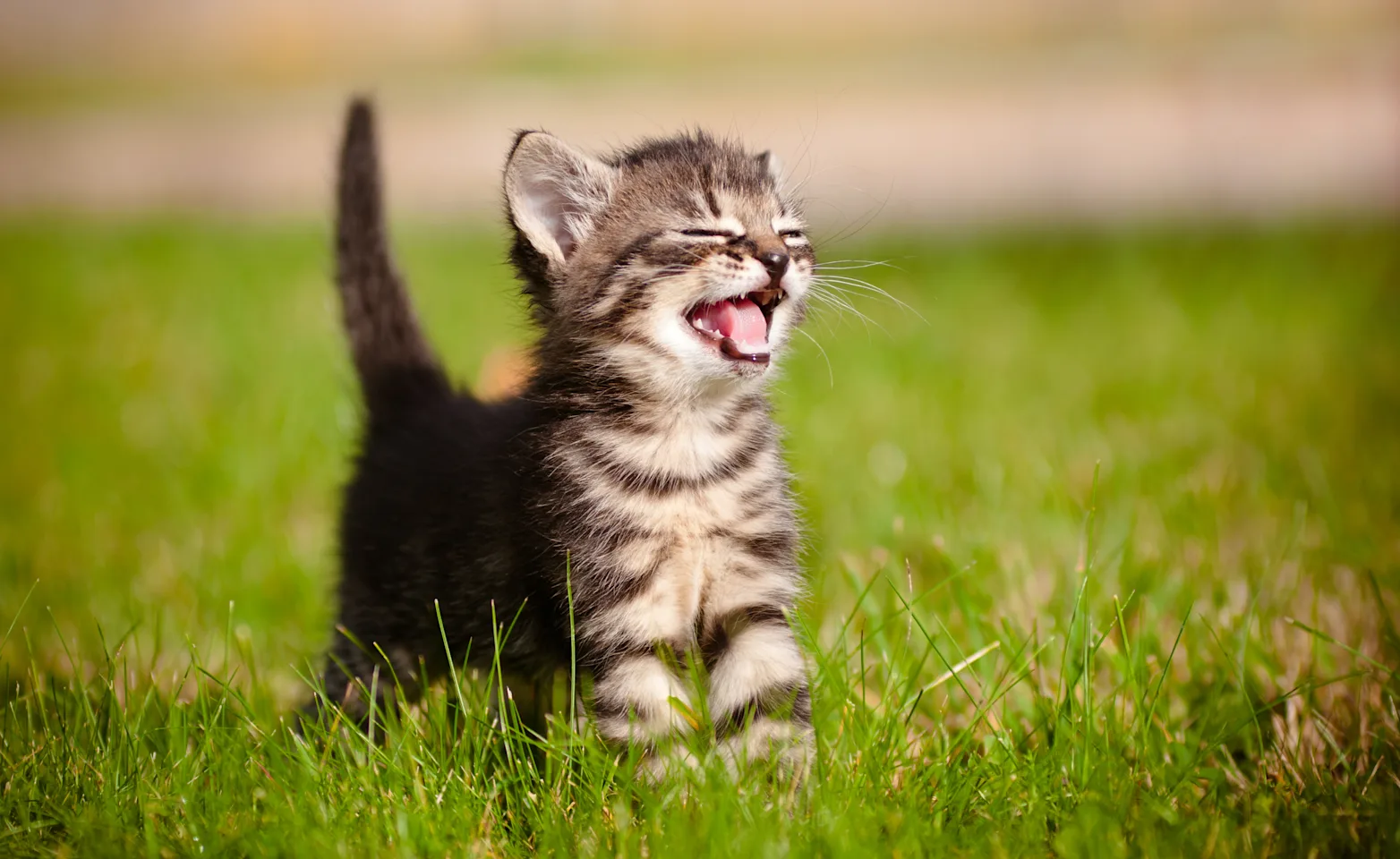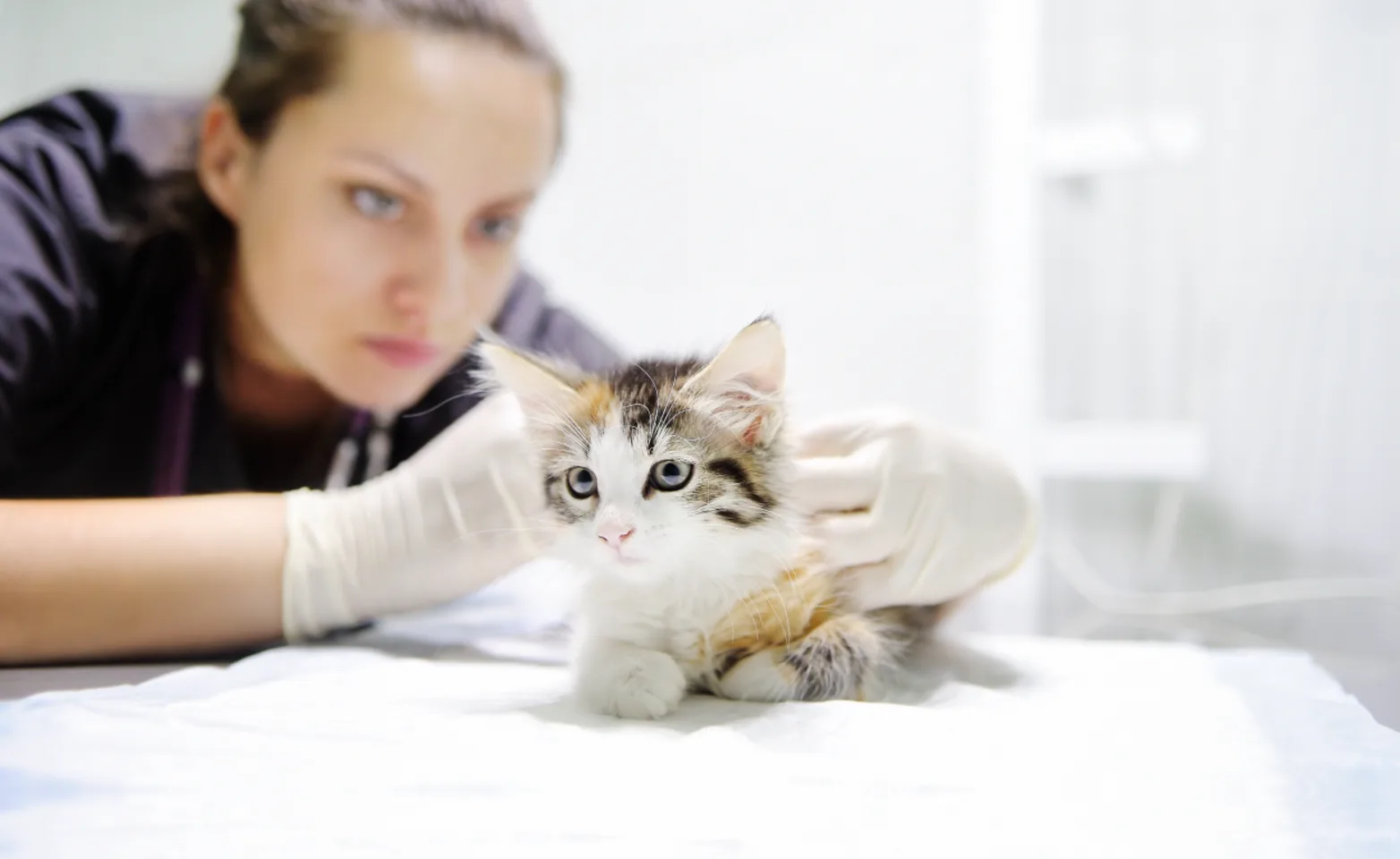Memorial Road Pet Hospital

Training Your Cat
We all like to be praised rather than punished. The same is true for your cat, and that’s the theory behind positive reinforcement. Positive reinforcement means giving your pet something pleasant or rewarding immediately after he or she does something you want him or her to do. Because your praise or reward makes him or her more likely to repeat that behavior in the future, it is one of your most powerful tools for shaping or changing your cat’s behavior. It’s more effective to teach your pet what he or she should do than try to teach him or her what they shouldn’t.

Timing and Consistency are Important
Correct timing is essential with positive reinforcement. The reward must occur immediately within seconds or your cat may not associate it with the proper action. For example, when your cat uses her scratching post, you can throw a piece of dry cat food for him or her to chase as a reward. Many cats enjoy chasing (hunting) their food, and it’s good exercise too. but if you throw the food when he or she has stopped scratching the post and is walking toward you, he or she will think they are being rewarded for coming to you.
Consistency is also an important element in training. Everyone in the family should reward the same desired behaviors.

Positive Reinforcement
Positive reinforcement may include food, treats, praise, petting, or a favorite toy or game. When your pet is first learning a new behavior, such as clawing the scratching post instead of your couch, he or she should be rewarded every time you catch him or her using the scratching post. You may even help shape his or her behavior of using the scratching post by spraying it with catnip (if she reacts positively to catnip) or enticing him or her with a toy that you dangle on the post Taking your cat over to the scratching post, positioning their paws on the post, and raking them along the post to show him or her what they are supposed to do will likely have the opposite effect of encouraging him or her to use the post. She may interpret your actions as frightening and uncomfortable. It’s important to look at the world from his or her point of view.
Once your cat reliably offers the desired behavior, you may reward him or her with treats intermittently, for example, three out of every four times he or she does the behavior. Then, over time, reward him or her about half the time, then about a third of the time, and so on, until you’re only rewarding occasionally with a treat. Continue to praise every time. Your cat will learn that if he or she keeps offering desired behaviors, eventually he or she will get what they want - your praise and an occasional treat. You won’t be forever bound to carry a pocket full of goodies, but it’s fun to surprise your cat from time to time.
